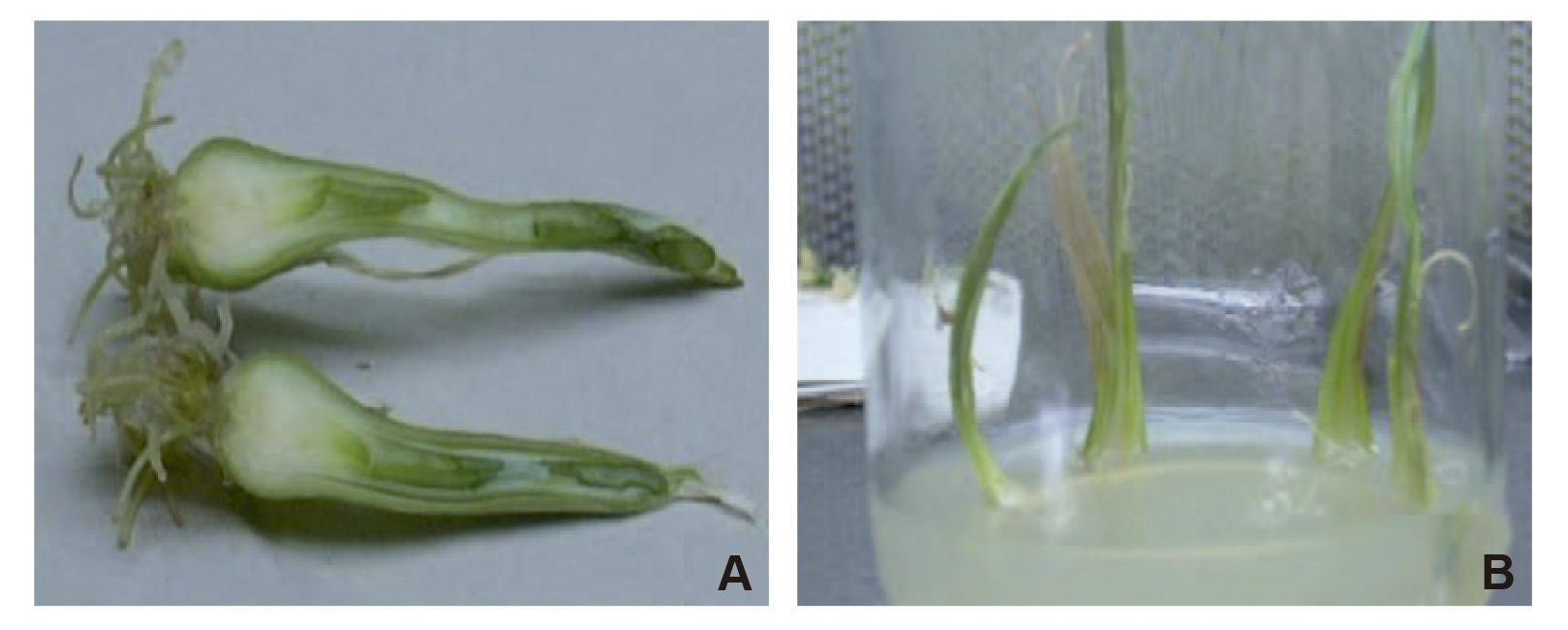Effect of colchicine and amiprophos-methyl on the production of in vitro doubled haploid onion plants and correlation assessment between ploidy level and stomatal size
Keywords:
Allium cepa L., antimitotic agents, duplication, gynogenesis, hybridsAbstract
Doubled haploid onion (Allium cepa L.) plants allow the production of completely homozygous lines for a later production of hybrids. The haploid plants are normally produced using in vitro gynogenesis. The obtained haploid plantlets must be treated with different agents for doubling chromosomes. It is necessary to adjust the concentration and the length of treatment of the doubling agent. In this case, the effect of 250 and 500 mg.L-1 colchicine and 15.2; 30 and 60 mg.L- 1 amiprophos-methyl during 24 and 48 h was assessed over the rate of onion haploid plantlets chromosome doubling. The best duplication treatment was 250 mg.L-1 colchicine for 48 h, which yielded 100% of doubled haploid plants. On the other hand, a positive correlation resulted from the ploidy level and stomatal size, and a negative correlation between the level of ploidy and stomatal density. Significant differences between the stomatal length, width and density in haploid and doubled haploid plantlets were observed. An economical and quick method to test ploidy level in onion plantlets is proposed through the measurement of stomatal size and density.
Downloads

Downloads
Published
How to Cite
Issue
Section
License

This work is licensed under a Creative Commons Attribution-NonCommercial-ShareAlike 3.0 Unported License.
Aquellos autores/as que tengan publicaciones con esta revista, aceptan las Políticas Editoriales.










.jpg)




